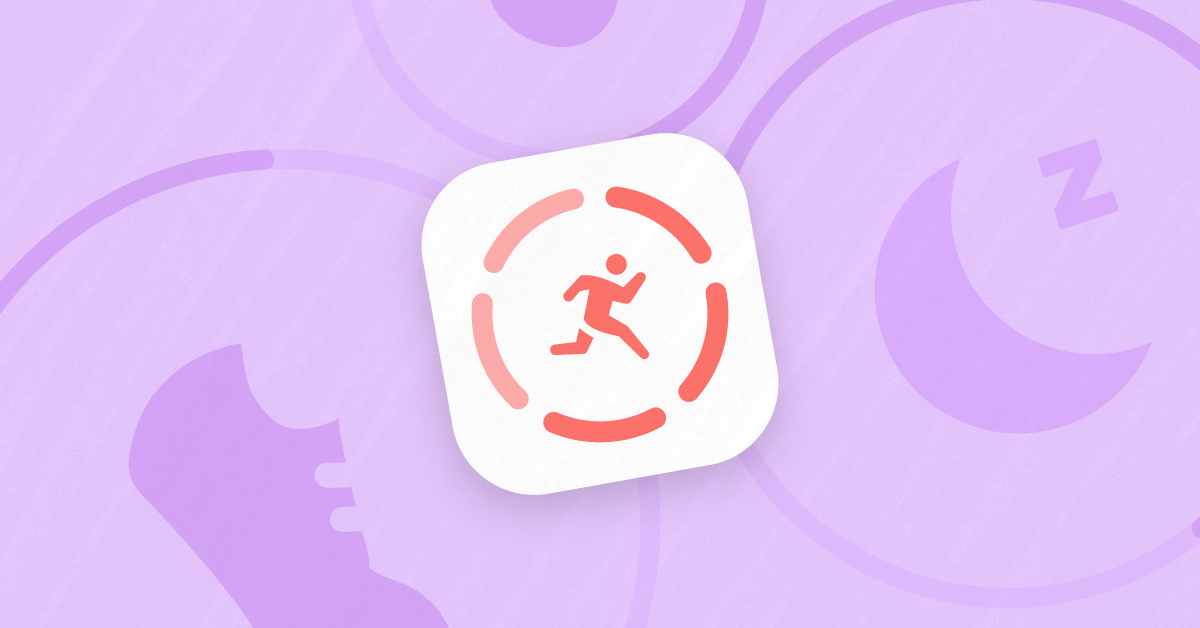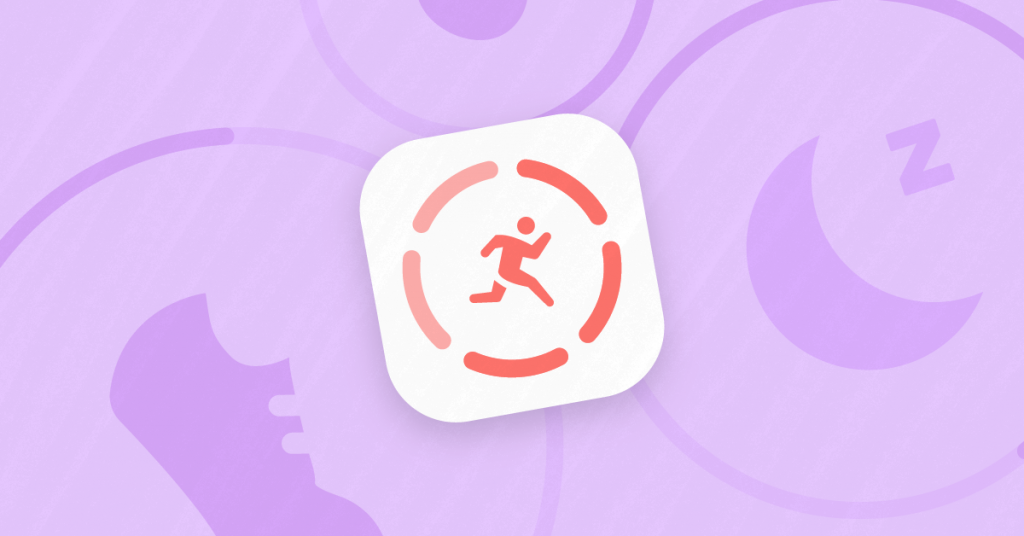
Content warning: This article discusses eating disorders and contains language that may be triggering to some readers.
Thinking about getting your child a Fitbit? Have you asked yourself "Are Fitbits safe?" There are tons of models to choose from — from the brand-new, top-of-the-line smartwatches to your old hand-me-down from a few years ago. Encouraging your child to move their body and be active is generally a good thing! It’s only natural to assume that Fitbits, wildly popular with adults looking to become more active, could be a beneficial form of self-care for kids. And they can be — but it’s important to consider some risks that activity trackers pose. In this post, we’ll explain some of the hidden dangers of kids Fitbits.
There’s More to Fitbit Than Just Step Counts
The Fitbit app is the hub for Fitbit devices. It’s how you see all of your data, from step counts and miles walked to sleep quality and food logging. Every time you open the app, it syncs with your Fitbit, presenting you with all of your updated information. This functionality is what most people think of when they think of a traditional fitness tracker.
But did you know that the Fitbit app is also technically a social media app, too? Front and center at the bottom of the app’s home screen is a shortcut to “Community.” When you tap it, you’re taken to a screen very similar to Facebook’s feed, where you can see updates from friends and contacts (if you’ve added any). Users can join nearly 40 different open community groups, each consisting of thousands of members from all over. You can add friends by inputting their email address, or by visiting someone’s profile and tapping “Add friend.” There’s also a direct messaging (DM) feature that allows users to connect privately.
App-Related Dangers Parents Need to Know About
Inappropriate content
Among the 40 or so public groups that anyone can join in the Fitbit community are several potentially inappropriate ones for kids — including “Trying to Conceive” and “Birth Control.” Users can also join an unlimited number of closed groups, which are private groups that require an invitation. These groups pose similar dangers that any group chat would — things like inappropriate content, bullying, drug/alcohol use, and more.
Online predators
We’ve mentioned before that any time there’s a chat or messaging feature in an app, there’s the potential for online predation. This holds true even for an app as seemingly harmless as Fitbit. The open community format, when combined with the app’s DM feature, means that children can be tricked into starting friendships with strangers. DMing can lead to more personal forms of communication, including texts and jumps to other social media platforms like Snapchat or Instagram.
In January 2021, the Wall Street Journal reported about a mother whose 12-year-old daughter received a Fitbit friend request from a stranger with a profile picture of a partially nude woman. The stranger had apparently found the daughter’s email on the app. Her mother quickly unlisted it.
Bullying
Part of Fitbit’s appeal is that it provides a community and social motivation for exercise. For example, you can participate in challenges to see who can take the most steps in a day, a week, or a month. You can also “Cheer” and “Taunt” team members to strike up some friendly competition. However, kids may use this feature negatively and bully other children. This can happen in group chats on the app, in DMs, or even other apps. Kids who aren’t thin may be especially vulnerable to bullying from peers on the app.
How Kids Fitbits Can Contribute to Disordered Eating
America’s fixation on dieting culture can affect even young children. According to ANAD (National Association of Anorexia Nervosa and Associated Disorders), 46% of 9 to 11 year-olds are “sometimes” or “very often” on diets. Fitbit enables users to not only track their activity, but to also log all of the food they consume in a day. Every single snack, every single drink can be reduced to a caloric value, which is then used to create a strict “calories in, calories out” model for weight loss.
It can become easy to obsess over one’s daily calorie intake, and it can lead to rigid food planning and disordered eating. This can result in anxiety and the inability to waiver from a diet even for small things like a cupcake or a surprise trip to a restaurant for dinner. These food tracking tools also don’t necessarily provide nutritionally appropriate daily calorie goals, especially for growing children.
Focusing on a number and not healthy movement
Fitbits were designed to get adults thinking mindfully about their activity levels. Adults have barriers to free movement — things like desk jobs and commutes. Kids, on the other hand, naturally have more free time and more opportunities to get outside and be active. While exercise is important for people of all ages, tying kids to a certain number of “steps” each day could trigger an unhealthy obsession with it.
Have you ever heard about (or personally relate to) people who pace around the living room at 10 p.m. just to finish out their final steps to hit their daily goal? Now, imagine kids doing this. There are other, more balanced ways to get kids moving and exercising more organically — like team sports, recess, and bike riding, to name a few.
Kids Fitbits: The Ace Series Can Be a Safer Option for Younger Users
So ultimately the question comes back to "Are Fitbits safe for kids?" Of all the kids Fitbit models, the safest option for children is the Fitbit Ace series, which is designed specifically for young kids. Parents manage everything with a Fitbit family account and create child profiles that enable “kid view” within the app. Kid view lets children see their daily stats and sleep patterns, chat with other members of the family account, and participate in challenges. The Community tab is removed, and parents have to manually approve all their child’s friends. If your child adds another child as a friend, their parent will also have to approve it.
Encouraging Healthy Use
Remember those cereal commercials from the ‘90s? The ones that said that Frosted Flakes were healthy if they were “part of a balanced breakfast”? Think of Fitbits like that — just one of the many tools your child can use as they develop an active lifestyle. Encourage your child to move because it makes them feel good and get strong, not just because they reach a certain number on the app every day.
A kids Fitbit should help them build healthy habits, not make them feel bad for missing daily goals. You can also set a good example by using your Fitbit similarly. Together, your family can get active, set realistic goals, and participate in a little healthy inter-family competition.
Read more
Bark helps families manage and protect their children’s digital lives.






